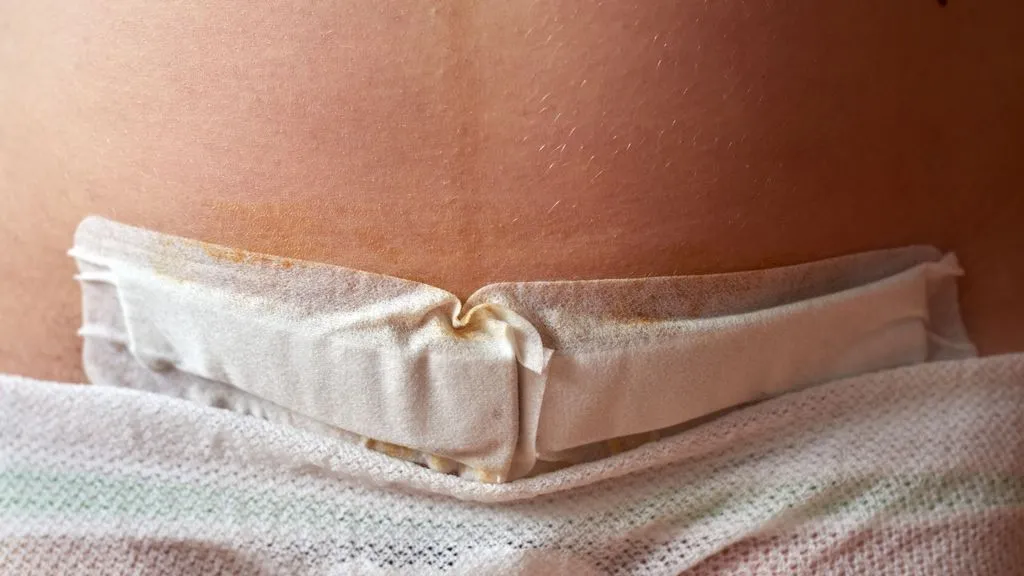How to Care for a C-Section - Aftercare and Recovery
After a c-section, it's important to take care of the incision and your health for a smooth recovery. Here, we share valuable information about what to expect and how best to look after yourself following a c-section.
Read time: 3 m
Verified by Ingela Ågren
Certified Midwife
After a c-section, it is common to experience discomfort and pain around the incision area. This is normal and expected, but it's also important to know how to take care of yourself to facilitate recovery. Below are some tips and advice for managing the period after a c-section.
The Incision Takes a Few Weeks to Heal
It may take a few weeks before the incision is completely healed. The medical staff will place a bandage over the incision and instruct you on how to care for the wound and the healing process.
Relieve the Pain
The pain following a c-section can be significant, especially during activities like coughing, laughing, or sneezing. To relieve the pain, you can use pain relief medication during the first few weeks. If you need to cough or sneeze, it may help to press against the incision with your hands or a pillow to minimize discomfort.
Start Moving Right Away
Despite the pain, it's important to start moving as soon as possible. This promotes a faster recovery and reduces the risk of complications. The hospital staff will guide you on appropriate ways to move and avoid overexertion.
Avoid Heavy Lifting
During the first few weeks, you should avoid lifting heavy objects, but it is entirely acceptable to carry your newborn baby and use a stroller.
Postpartum Bleeding After a C-Section
After a c-section, it is common to experience vaginal bleeding called postpartum bleeding. It can last for up to eight weeks and comes from the surface where the placenta is attached to the uterus. It's important to be prepared for this and use necessary hygiene products. You can read more about postpartum bleeding after childbirth here.
When Should You Seek Medical Care?
There are situations where you should seek medical help immediately. Contact a doctor if you experience the following symptoms:
- Burning sensation when urinating and frequent urination
- Increased pain in the incision area, redness, swelling, warmth, discharge, or a foul odor from the area
- Fever
- Lower abdominal pain when applying pressure
- Swelling, warmth, and tenderness in the leg
- Difficulty breathing
- Heavy vaginal bleeding or blood clots
- Severe fatigue and a general feeling of illness
Getting Pregnant Again After a C-Section
Sometimes, you may have been advised to wait a year before getting pregnant again after a C-section. This is because the uterine incision takes time to heal. You don't need to wait longer than a year for a new pregnancy. If you become pregnant again after having a baby by c-section, it is usually possible to have a vaginal delivery next time. Together with a midwife or doctor, you can plan for the next birth. The choice of delivery method depends, among other things, on the reason for the previous c-section. If you have had a c-section two or more times, it is uncommon for you to be recommended a vaginal delivery.
Verified by Ingela Ågren
Certified Midwife
More from Preggers
Hundreds of related articles, podcasts & more waiting for you in the Preggers app.
Download Preggers today.

